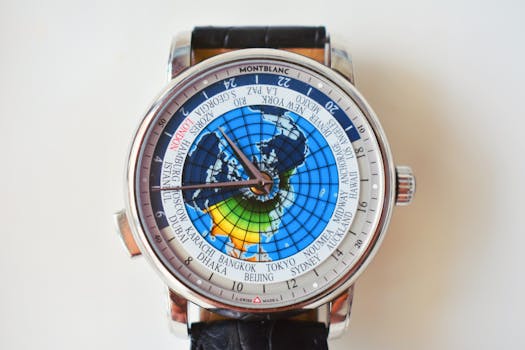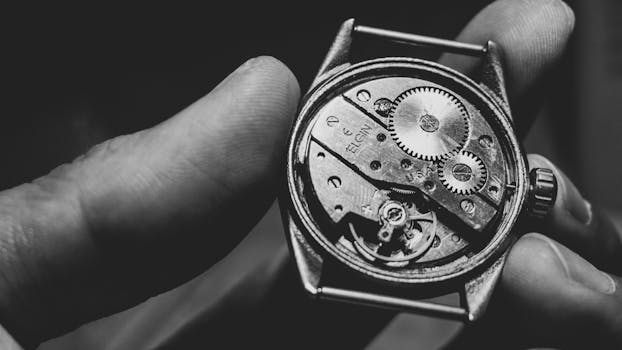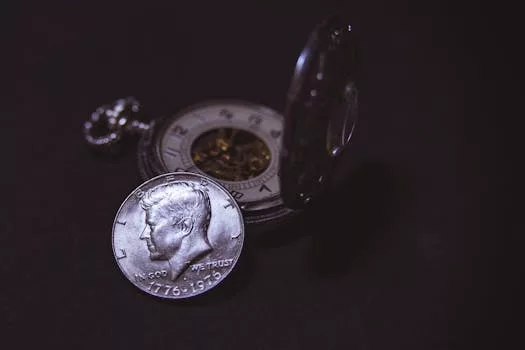
The Evolution of Watchmaking: Techniques and Innovations Through History
Takeaways: This article explores the remarkable journey of watchmaking from ancient times to the modern era, highlighting key techniques and innovations that have transformed how we perceive and measure time. Discover how craftsmanship and technology evolved hand in hand to produce the timepieces we cherish today.
Timekeeping has been an essential aspect of human civilization, and the art of watchmaking is a testament to our quest for precision. From sundials to smartwatches, the history of watchmaking is filled with fascinating techniques and groundbreaking innovations. This journey through time will reveal how watchmaking has evolved and the significant milestones that have defined the field.
Ancient Timekeeping Methods

As societies advanced, so did their need for more precise timekeeping. Water clocks, or clepsydras, emerged in ancient China and Greece, utilizing the steady flow of water to measure time intervals. These devices were essential for various activities, including religious rituals and daily life.
The Birth of Mechanical Watches

By the 15th century, the first true watches began to emerge in Europe. Early watches were bulky and often attached to clothing or worn as pendants. They were primarily made by skilled craftsmen, and their intricate designs reflected the artistic styles of the time. The craftsmanship involved in creating these early timepieces was exceptional, with each watch being a unique work of art.
Advancements in Watchmaking Techniques
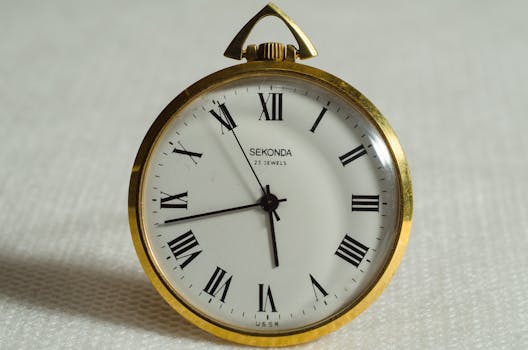
The introduction of mass production techniques in the 19th century revolutionized the watchmaking industry. Pioneers like Abraham-Louis Breguet and the Waltham Watch Company implemented assembly line practices, making watches more affordable and accessible to the general public. This era also saw the emergence of wristwatches, which gained popularity during World War I due to their practicality for soldiers.
The Quartz Revolution
The late 20th century brought about a seismic shift in the watch industry with the advent of quartz technology. Invented in the 1920s, quartz watches gained widespread popularity in the 1970s thanks to their accuracy and low maintenance requirements. The Seiko Astron, released in 1969, was the world’s first quartz wristwatch, marking the beginning of a new era in horology.
The quartz revolution led to the decline of traditional mechanical watchmaking, as many manufacturers struggled to compete with the accuracy and affordability of quartz timepieces. However, this period also sparked a resurgence in interest for mechanical watches among collectors and enthusiasts, leading to a renaissance in craftsmanship and innovation.
Modern Innovations: Smartwatches and Beyond
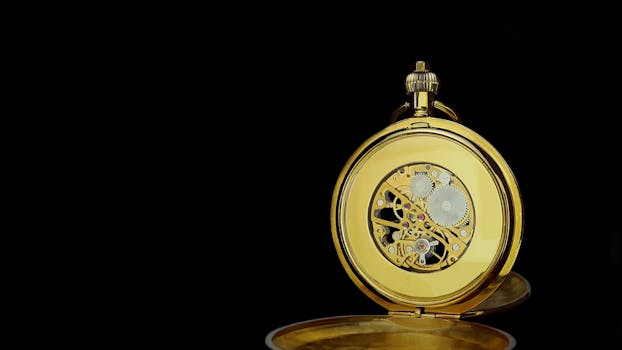
Despite the rise of smartwatches, traditional mechanical watches continue to thrive, with many luxury brands focusing on artisanal craftsmanship and heritage. Innovations such as hybrid movements and connected features have allowed traditional watchmakers to adapt while preserving their rich history.
As we look to the future, the watchmaking industry stands at a crossroads where tradition meets innovation. The passion for horology remains strong, and the quest for precision continues to inspire new generations of watchmakers and enthusiasts alike.
